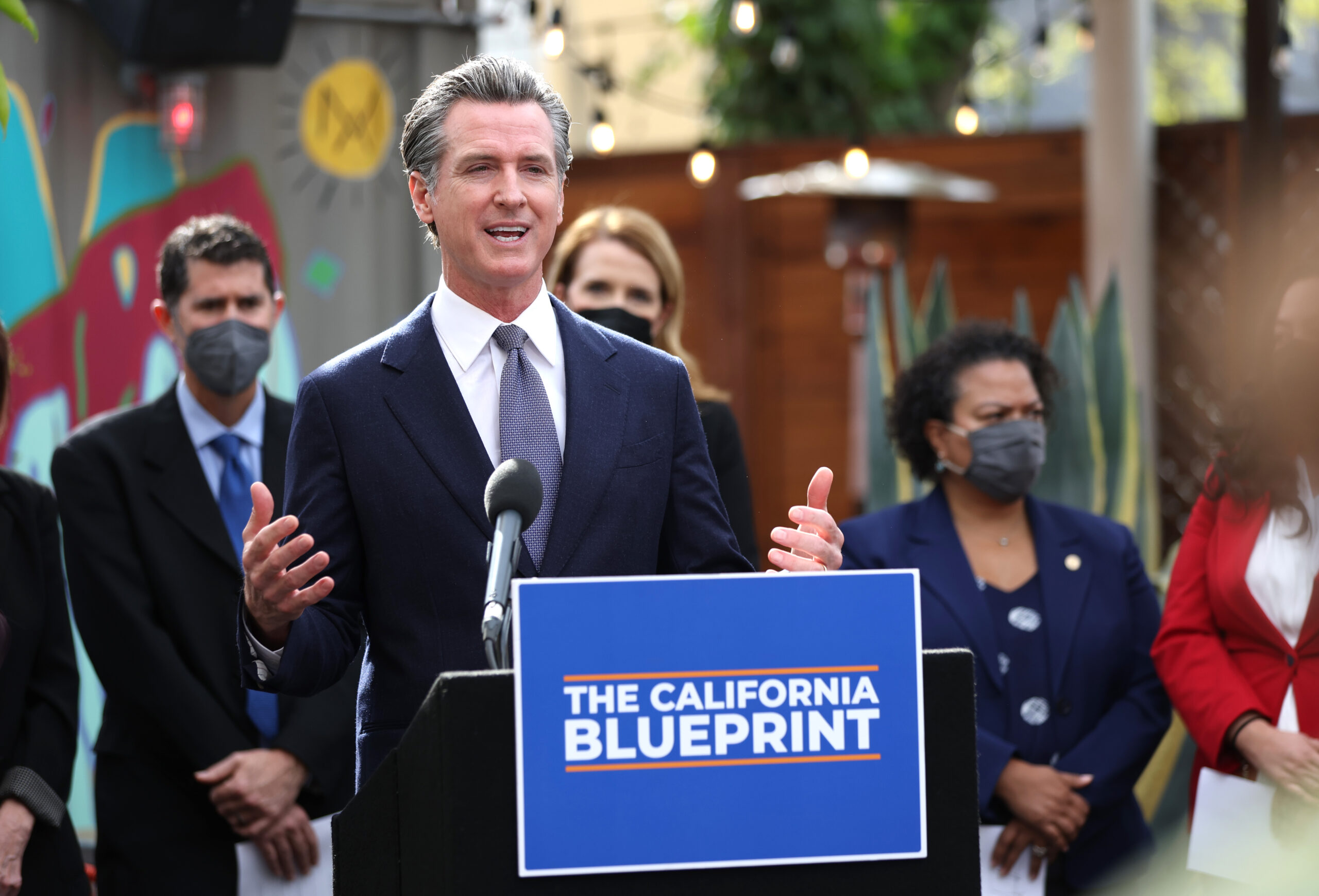San Francisco could see an infusion of cash for housing and education now that the state has a $97.5 billion surplus.
The surplus—up from the $46 billion estimate announced earlier this year— is part of a $300.7 billion budget Gov. Gavin Newsom revealed Friday. He said 94% of the surplus is planned for one-time proposals.
“No other state in American history has ever experienced a surplus as large as this,” he said.
Outlined in a 400-page document, the governor’s new $300.7 billion budget draft targets school and housing. It also includes $18.1 billion in “inflation relief” in the form of $11.5 billion in tax refunds, including $400 checks to car owners, extended rental and utility assistance and enough money to cover three months of public transit.
Last year, the governor’s spending plan clocked in at $227.2 billion—so this year’s bloated piggy bank could insulate the state with some $37.1 billion in reserves. The budget will get another revision in June before it goes in front of the state legislature, which ultimately decides whether to approve it.
Below is a breakdown of the budget and where it could go.
